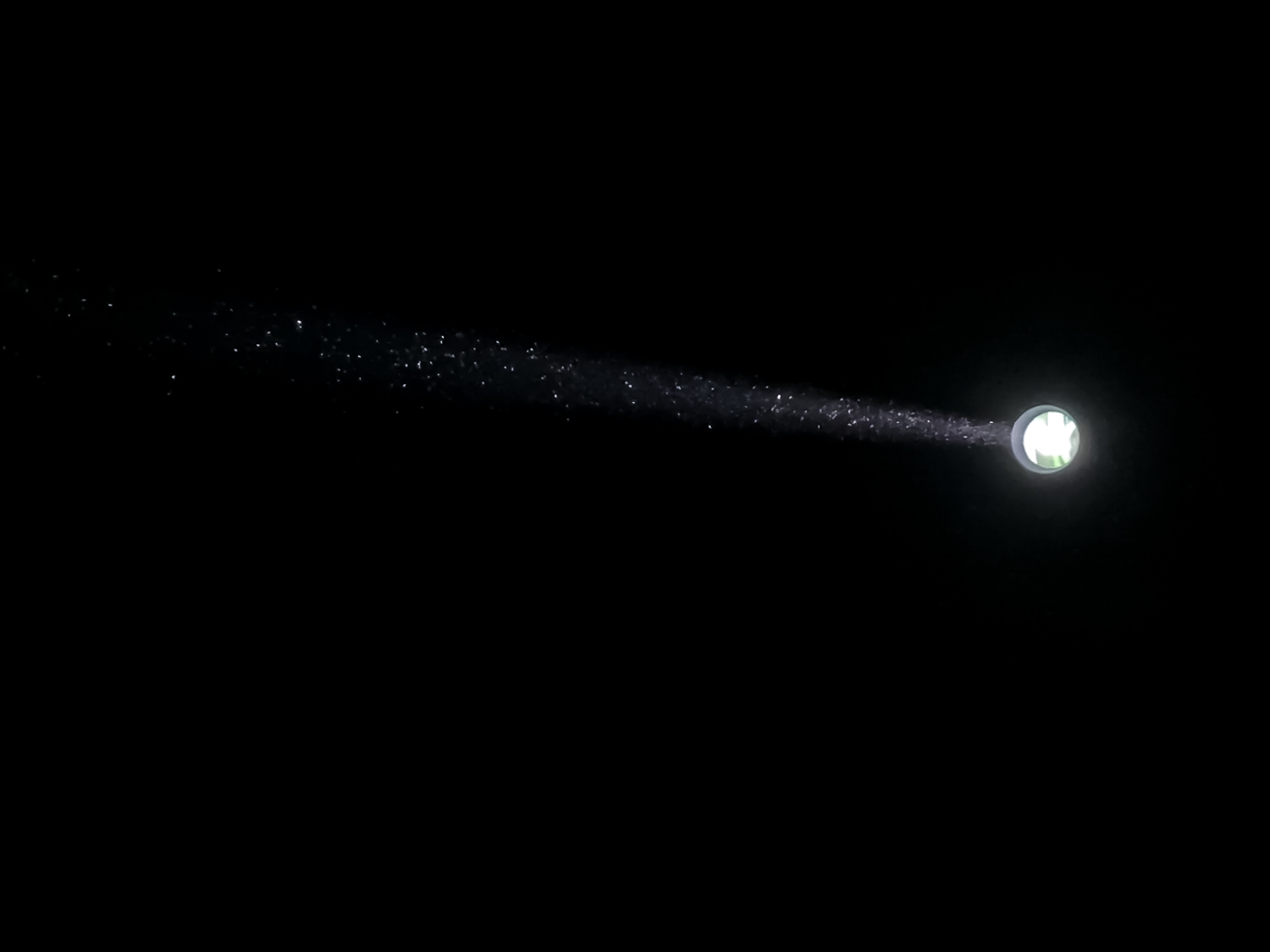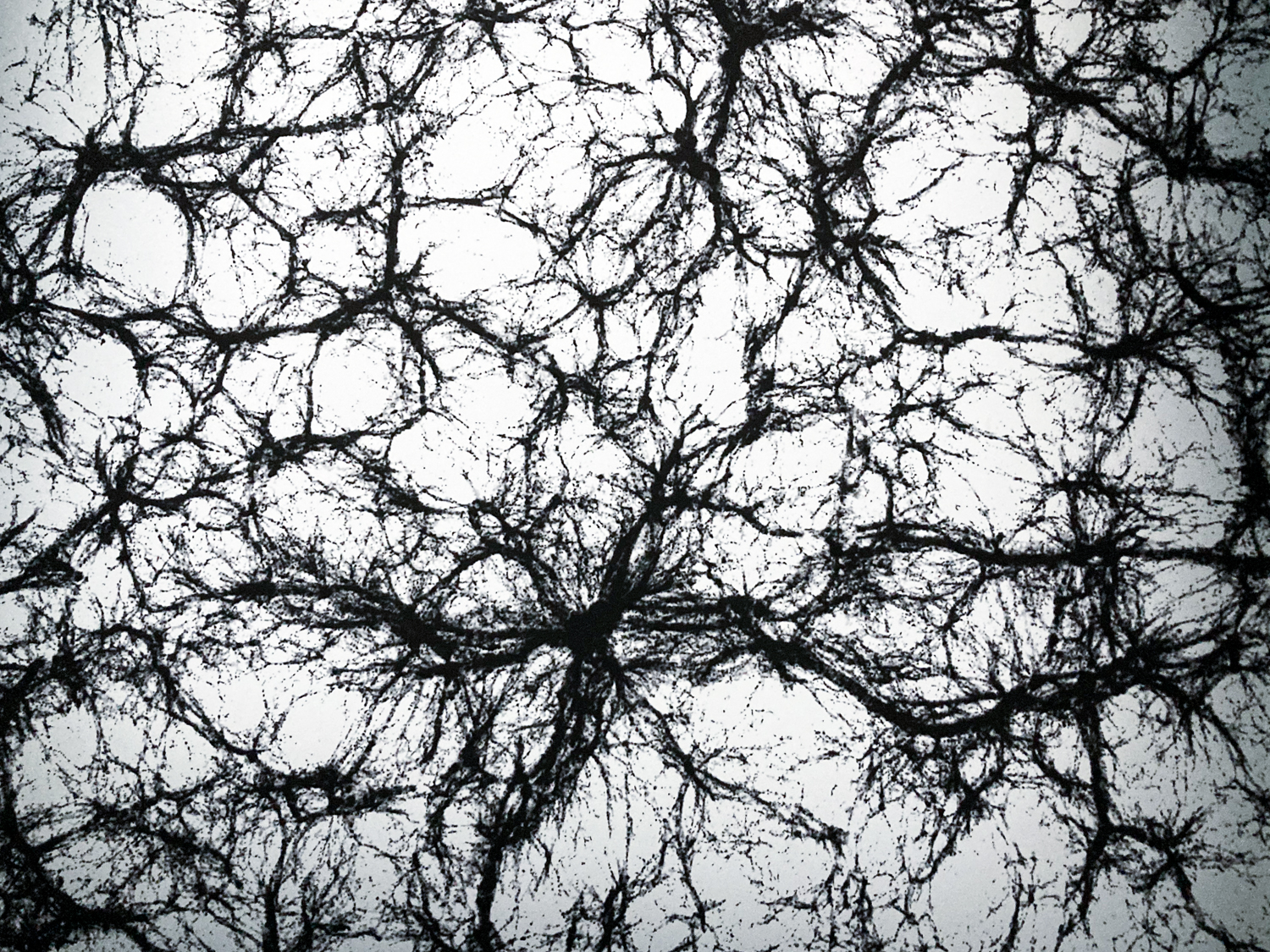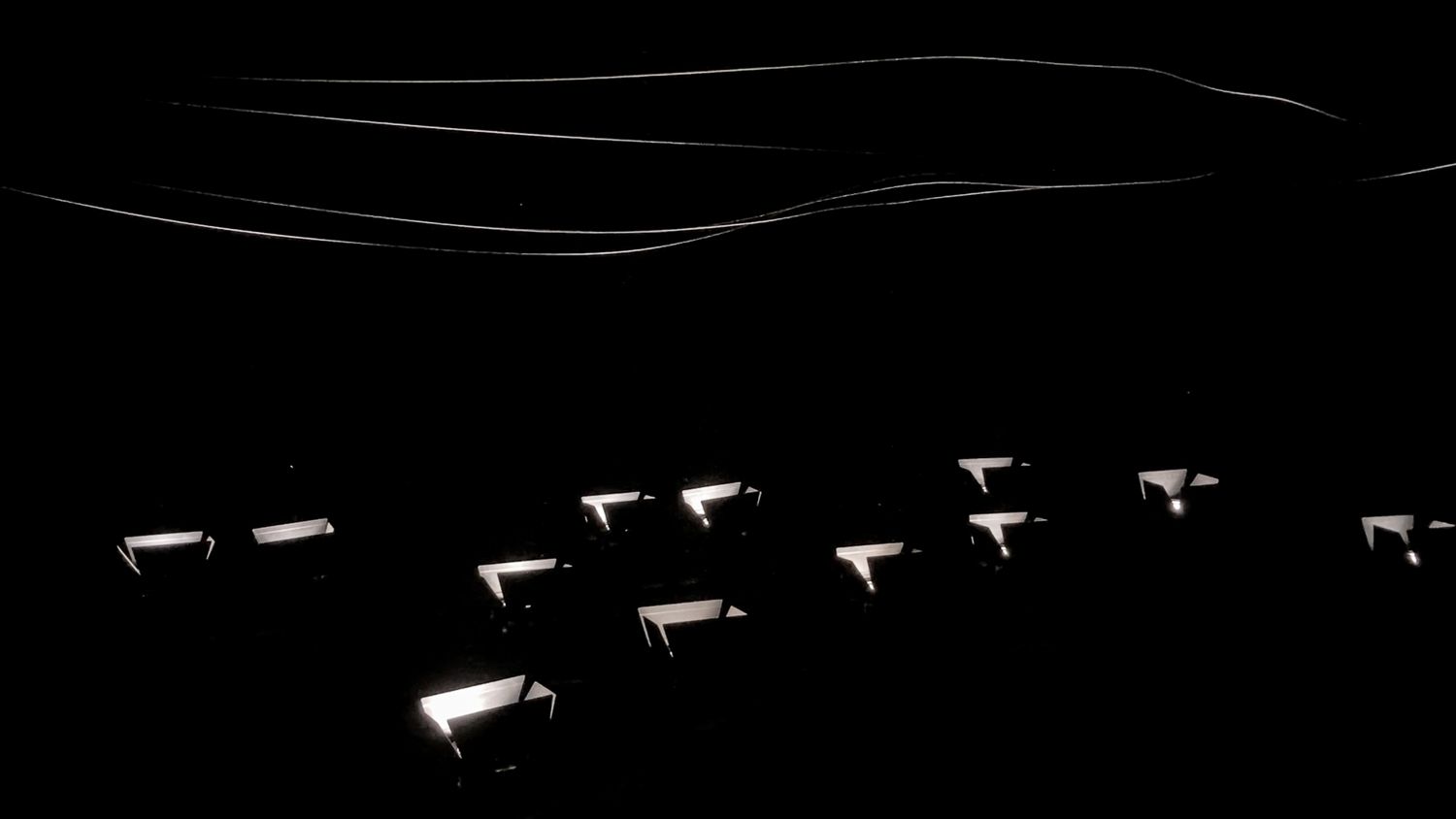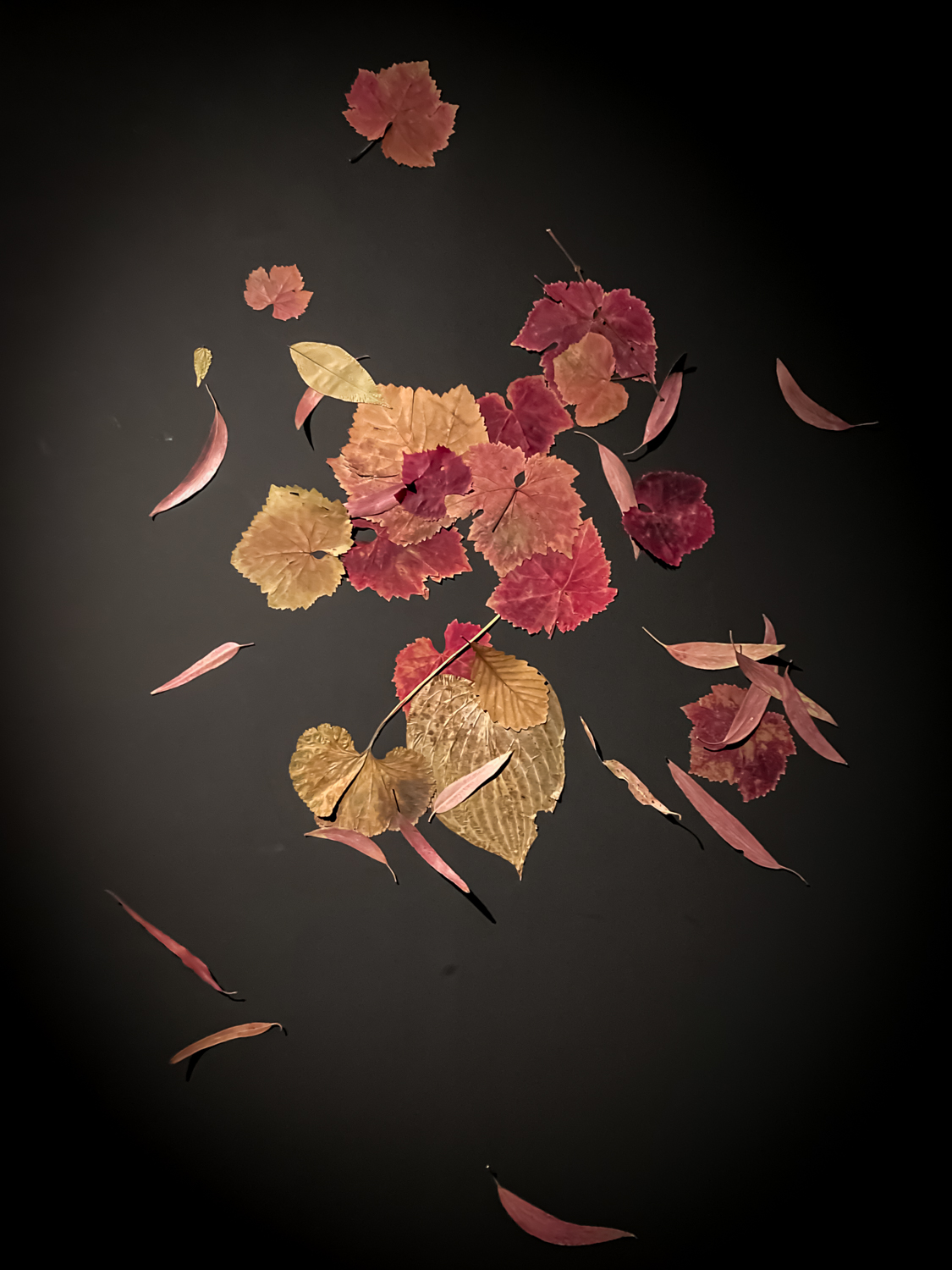Week 15/2023: The air we breathe
Week of 10 April 2023
I love short weeks!
I mean, with a public holiday the week isn’t any shorter but I have more of it to myself. So it’s actually a longer week from that perspective.
We had visitors over the easter break and what else do you do with interstate people but take them to Mona?
So we did.
Oceans of Air
Last time I was at the Cathedral of Walsh was in 2018 so it’s been a while.
The feature exhibition was called Oceans of Air by Argentina-born, Berlin-based artist Tomás Saraceno.
Mona describes the work as
ranging from the miniscule to the vast, with a kaleidoscopic array of materials including spider webs, radiation balloons, fine particle pollution from the skies of Mumbai, air samples from across Australia, dust from our museum, radio frequencies generated by meteoroids penetrating the earth’s outer atmosphere and recorded from the roof of Saraceno’s Berlin studio, flora from Mona, and the leaves of Tasmania’s only deciduous native tree arranged as a diptych, each panel displaying the effects of traditional and colonial land management practices.
I was captivated from the moment I stepped into the dark space that displayed a single beam of light uncovering an array of dust particles that floor through the air we breathe every moment of every day: cosmic dust, human-made dust including the PM2.5 particles of black carbon emissions from fossil fuels that are absorbed into our lungs and blood.

Dangerous but beautiful.
Or is it beautiful but dangerous?
The exhibition showed us how we don’t all breathe the same air: how the concentration of air pollution varies across locations. In the US version of this exhibit, Tomás Saraceno was able to show how air quality varies across spatial, racial, social and political lines. In Tasmania, our air is much less polluted than many American cities, but the notes point out that this partly because we outsource our pollution to other, poorer countries. And even the “pristine” air of the far north west of Tasmania contains carbon pollution, greenhouse gas, and other persistent pollutants.

The work includes Cosmic Filaments and Webs of At-tent(sion), noting that Tomás considers spiders and their webs as a kind of whole entity, which he refers to as spider/webs, believing that there is no distinction between the two, the web being an extension of the spider itself.

That is so amazing!
The show notes explain how Tomás has been fascinated by the “visual correspondences between spider/webs and astrophysical simulations of cosmic structure as interconnecting filaments of clustered galaxies and gases stretched out across the universe and separated by giant voids”.
He asks How to entangle the universe in a spider/web?, which involves three spider/web sculptures in a constellation cut through by a laser beam. Several different types of spiders created the sculpture, which he then relates to the universe as a whole and asks us to question “human exceptionalism”. We aren’t at the top: we are entangled with all life forms and all the systems of the universe.

I loved this work!
Sounding the Air is a musical instrument made from five strings of spider silk, played by air vibrations in the gallery and translated into sound.

Another part of the exhibition was all about leaves and presented six panels of
delicate crinkle-cut leaves from Nothofagus gunnii (Tasmanian deciduous beech, AKA Fagus) alongside those of both native and introduced plants collected in the grounds of Mona and further afield in lutruwita. There are leaves burned by intense fires and by slow fires. Leaves pressed like botanists’ specimens, others picked and dried, still others fallen naturally from the plant.
We are asked to consider how “vegetal pigments behave under varying conditions—sometimes catastrophic—and now inside a museum?”

Tomás’s studio is located at the former AGFA film factory in Berlin, and the exhibit included some photos of the factory and an explanation of the consequences of extracting colour and the “commodification of colour” on the environment.
As with many things at Mona, this was a thought-provoking exhibition and I’m grateful to have had the opportunity to see it.
The rest of the week
The rest of the week was back to work, then to the doctor, who gave me some time off to rest the increasingly complicated cascade of injuries that seem to be stemming from my sore back. Physio, massage, pain killers and a future MRI if things don’t get better.
Any activity other than lying down is uncomfortable and I was disappointed that she told me lying in bed all day was not a recommended course of action.
Fine.
Week 15 summary
What was the best thing about this week?
Something in the combination of physiotherapy, massage and painkillers has reduced a lot of my pain. For now.
What did I learn this week?
Laudanum is a tincture of opium containing approximately 10 per cent of powdered opium by weight. It includes several optimum alkaloids including morphine and codeine. (I found this out from a novel I was reading, not by actually taking this myself.)
I also learned that before fridges, in the 19th century, Australians used to keep food cold with ice that was cut from frozen lakes in the USA and shipped here in insulated ships.
What I’m reading this week
- A Guide to Eco-Anxiety by Anouchka Grose
- The Last Party at Silverton Hall by Rachel Burton
- Beauty in Thorns by Kate Forsyth
- Van Diemen’s Land by James Boyce
Habit tracker
- Morning ritual (Goal = 7): 4
- Move (preferably before 3 pm) (Goal = 7): 3
- Morning writing (Goal = 7): 7
- Mental health break outside during my work days in the office (1 day): 1
- Finish work by 5.30 (Goal = 2): 2
- Shut my computer down before 9.15 (Goal = 5): 6